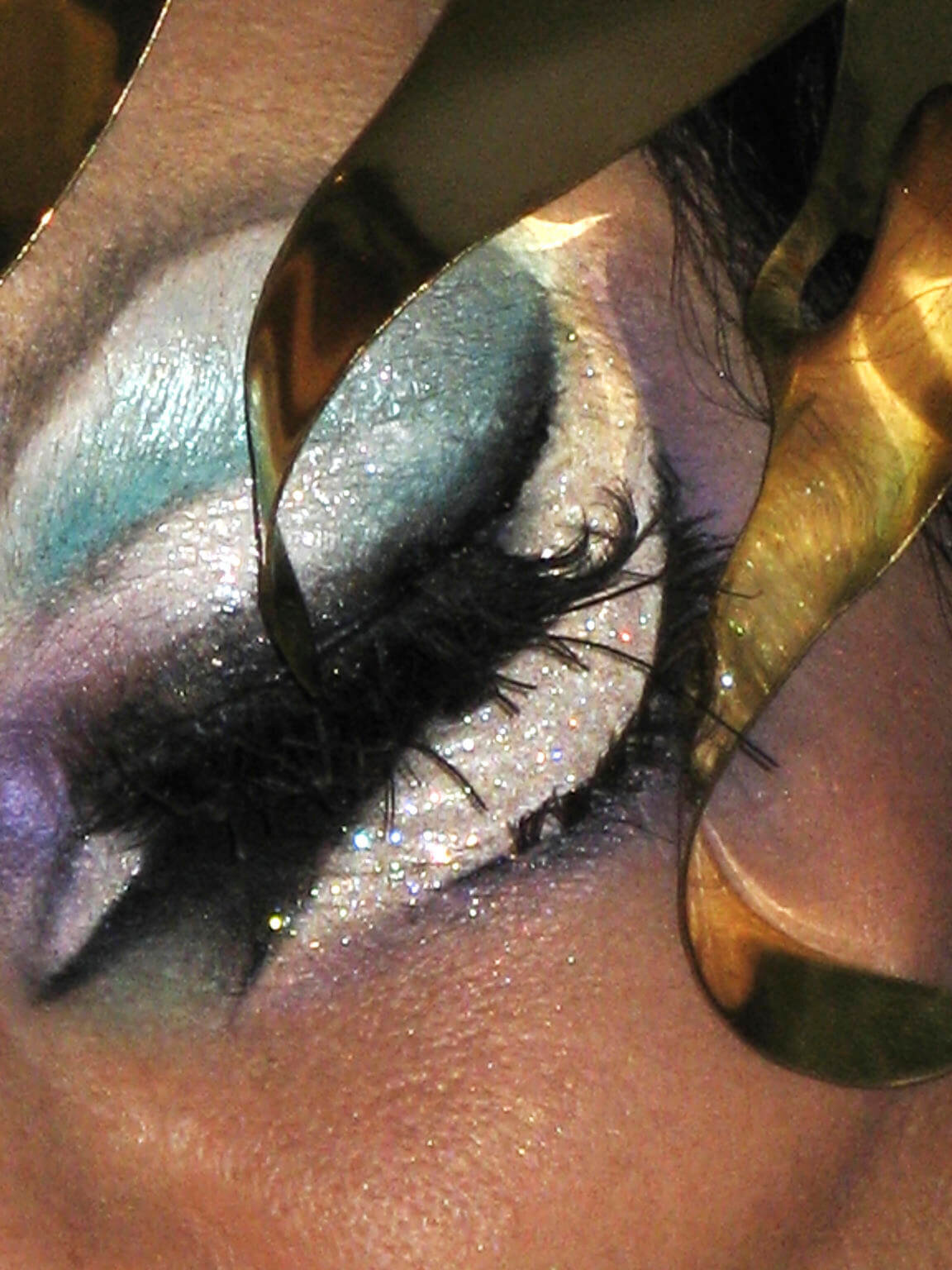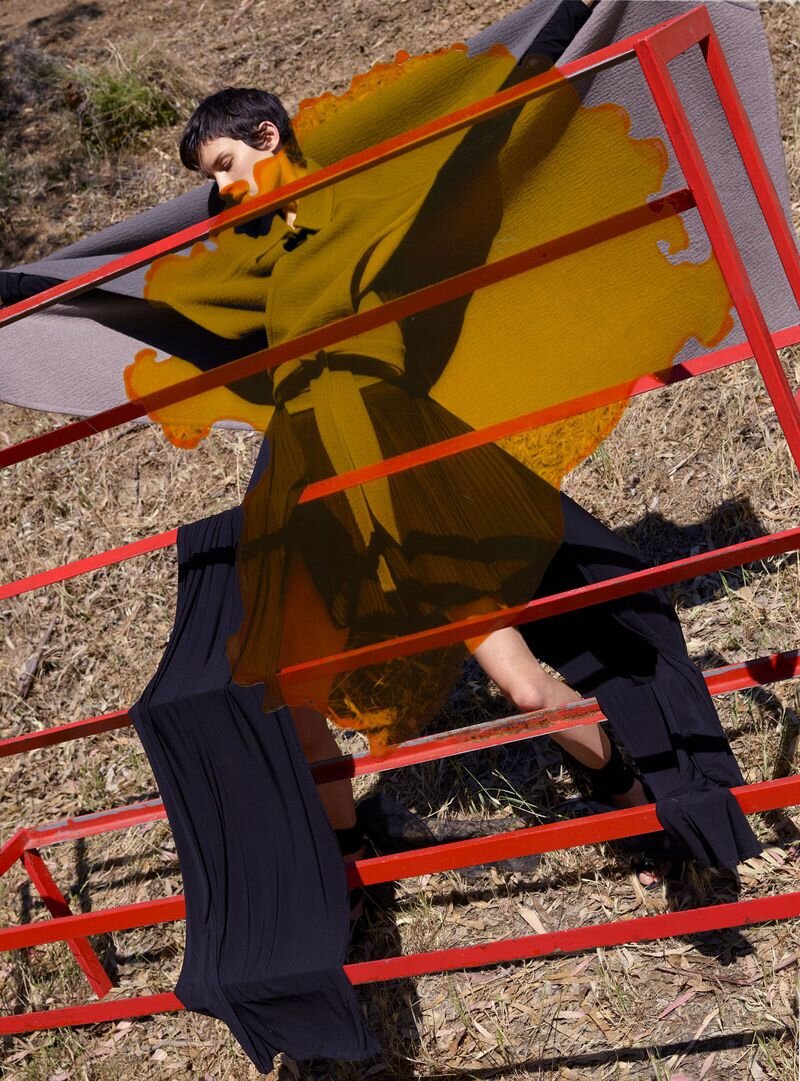Giampaolo Sgura's Antidote 'Corps à Corps' | Serpents & Goddesses
/
Ashley Smith | Giampaolo Sgura | Antidote #2 Fall 2011 | Corps à Corps
What an interesting morning, first hearing from the Antidote magazine team and explaining my limitless passion for the Antidote point of view and Giampaolo Sgura’s photography in general. (See more Giampaolo Sgura editorials.)
Giampaolo lives on my short list of people who truly understand the push and pull, the agony and the ecstasy of embracing our sensual identities. His colleague Yann Weber styles one editorial after another with the same sophisticated sensual sensibilities.
The Antidote team is fresh, provocative and a New Eroticism editorial force to be reckoned with.
In ‘Corps à Corps’ for Antidote #2, Yann styles Ashley Smith dressed in snake skin. (For the record, I’ve written multiple times on real-deal snakes and the fashion industry.)
Serpent Myths & the Great Goddesses
There is no symbol more potent and relevant to me than the serpent. When I was about 10-12 years old, a snake visited me often in my dreams — he was my dear friend with a very human male face. I remember explaining repeatedly to him that I adored him and felt able to tell him all my secrets — but we had to keep a distance between us.
Our dream conversations were so earnest on my part — and his, too. They were never sexual; instead he was my confidant bearing witness to my totally authentic, uncorrupted self. Serpents would have been on my brain without the recent, rather explosive AOC discussions about the alleged ‘natural submission of women’.
My dear friend and body psychotherapist Ellen Gayda, lent me her volume ‘The Woman’s Encyclopedia of Myths and Secrets’ over the weekend. We will post Ellen’s response to Taryn Andreatta’s ‘The Offering’ later today.
Prompted by ‘The Offering’ to ‘teach’ our young women Feminism 101 in 2012, several second-wave feminist friends of mine, including Ellen Gayda, are digging deep into the historical records and especially women’s history pre-monotheism to set the record straight on what second wave feminism really believed.
When I put down this rich, encyclopedia of women’s stories and myths late last night, I had serpents on my mind — but no sweet dreams unfortunately.
I woke up with a message from Pauline @Antidote with whom I corresponded. And now arrive in my Sensual Rebel column to write about serpents. Who is the photographer waiting for me, images loaded and ready for my bon mots? Giampaolo Sgura.
Chills run up my spine when these coincidences occur. Are they just the laws of statistical probability at work? Or is another form of energy at play in these deliciously sensual, images of Ashley Smith in the shoes of the season?
Here is a tasting of what ‘The Woman’s Encyclopedia of Myths and Secrets’ says about serpents.
Indirectly, these myths challenge the argument that women are naturally submissive, a belief that AOC rejects. I wrote to Pauline this morning that Giampaolo’s and Yanni’s visions of women remind me of Versace and the sensually powerful glamazon supermodels, women far more akin to the goddesses of mythology, than today’s much more frail fashionistas.
Hinduism’s Anante the Infinite

The ageless serpent was originally identified with the Great Goddess herself. Hinduism’s Anata the Infinite was the serpent-mother who embraced Vishnu and other gods during their “dead” phase. (Note that femaleness and serpents were associated eternal life, as the snake sheds its skin, emerging revitalized and youthful.) She was also Kundalini, the inner female soul of man in serpent shape, coiled in the pelvis, induced through proper practice of yoga to uncoil and mount through the spinal chakras toward the head, bringing infinite wisdom.
Mat Chinoi

The Negritos said the divine people called Chinoi (Chinese) were descended from a mighty Serpent-goddess named Mat Chinoi, Mother of the Chinese. In her belly lived beautiful angels who received the souls of the dead. Since her womb was Paradise, shamans underwent their death-and-rebirth initiations by entering the serpent’s belly.
Aegean World

Men of the Aegean World didn’t participate in religious ceremonies until late in the Bronze Age. Long before Aristotle, the Aegean world worshipped primarily women and serpents. Eventually Cretan kings were allowed to become priests of the bull-god, a role subordinate to that of the priestess until the priest himself took the title of “serpent.”
The word for “priest” among ancient Akkadian peoples literally meant “snake charmer”.
An Arrogant Phallic Father

The Great Mother took the phallic consort, sometimes a “father” of races as her original mate. In some myths, the phallic father was created and existed for her own sexual pleasure. In other myths, he is allowed to take part in the work of creation, existing to fertilize her world-producing womb.
Eventually the serpent-creator turned arrogant, pretending that he alone made the universe. His punishment was the Goddess bruising his head with her feel and banishing him to the underworld. This story is referenced among Jewish rabbinical literature, one of many anchors of women’s real history that AOC will bring to life in 2012. Anne





















































